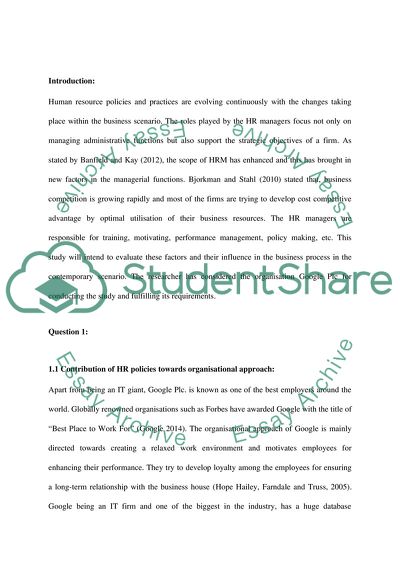Cite this document
(HR Development Assignment Example | Topics and Well Written Essays - 3500 words, n.d.)
HR Development Assignment Example | Topics and Well Written Essays - 3500 words. https://studentshare.org/human-resources/1840648-hr-development
HR Development Assignment Example | Topics and Well Written Essays - 3500 words. https://studentshare.org/human-resources/1840648-hr-development
(HR Development Assignment Example | Topics and Well Written Essays - 3500 Words)
HR Development Assignment Example | Topics and Well Written Essays - 3500 Words. https://studentshare.org/human-resources/1840648-hr-development.
HR Development Assignment Example | Topics and Well Written Essays - 3500 Words. https://studentshare.org/human-resources/1840648-hr-development.
“HR Development Assignment Example | Topics and Well Written Essays - 3500 Words”. https://studentshare.org/human-resources/1840648-hr-development.


